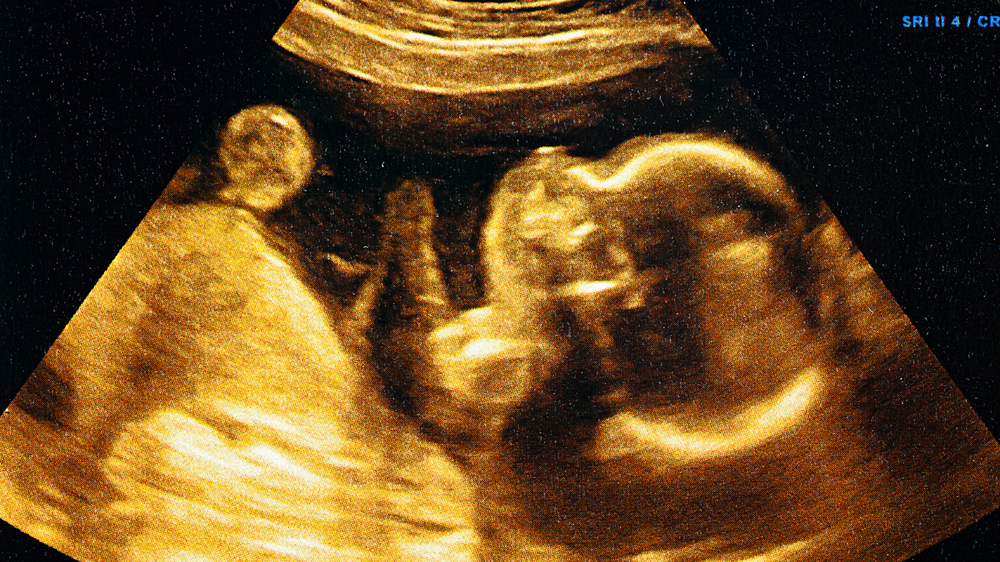The truth is that a bump is only one outward sign of pregnancy. Your body undergoes countless internal changes, and visible growth depends on several individual factors. Let’s separate the myths from the facts.
In this article:
Why the Baby Bump Looks Different for Everyone
Your pregnancy doesn’t unfold in the same way as someone else’s, even in the same family. Key reasons include:- Uterine position: A retroverted uterus (tilted backwards) can make the belly appear flatter until later months.
- Muscle tone: Women with stronger abdominal muscles may “hold in” the bump more, delaying its outward appearance.
- Body type and fat distribution: Taller women or those with longer torsos may show later since the uterus has more space to expand vertically.
- Number of pregnancies: First pregnancies often show later, while second or third pregnancies may show earlier because the muscles have stretched before.
Myths About a Missing Baby Bump
You may hear well-meaning relatives or friends say certain things that aren’t backed by science.- A small bump means a small baby: Not necessarily. Foetal growth is measured by ultrasound, not abdominal shape. Many women with small bumps deliver babies of average or above-average weight.
- If you don’t show, you’re not eating enough: Wrong. Nutritional intake affects maternal and fetal health, but doesn’t directly correlate with belly size.
- A boy/girl changes the bump shape: This is cultural folklore. Scientific studies show no consistent link between foetal sex and bump size or shape.
When a Small or Absent Bump Can Signal a Problem
Most of the time, late or minimal bump development is harmless. But in certain situations, doctors may look closer:- Intrauterine growth restriction (IUGR): The baby is smaller than expected for gestational age due to placental or maternal factors.
- Low amniotic fluid (oligohydramnios): A reduced fluid level can limit belly expansion.
- Incorrect dating: Sometimes the pregnancy is earlier than believed, making the bump appear “delayed.”
- Maternal health conditions: Severe anaemia, malnutrition, or chronic illness may influence visible growth.
How Doctors Measure Growth Beyond the Bump
You are not expected to judge pregnancy progress by your belly alone. Clinicians use:- Ultrasound scans: These measure fetal growth, weight, and amniotic fluid volume.
- Fundal height: From the second trimester, doctors measure the uterus from the pubic bone to the top of the womb. It usually matches weeks of pregnancy (e.g., 24 cm at 24 weeks).
- Regular monitoring: Blood pressure, weight gain, and foetal heart rate give additional information.
What You Can Do If You Don’t See a Bump
- Trust medical checks: Rely on scan results and doctor assessments, not comparisons with others.
- Focus on nutrition: A balanced diet rich in protein, iron, calcium, and folate supports your baby’s growth even if you don’t “look” pregnant.
- Stay active: Safe physical activity keeps muscles toned and supports healthy circulation.
- Avoid bump comparisons: Social media photos and cultural expectations don’t represent medical reality.
Emotional and Social Impact
Not showing can trigger anxiety, especially in India, where family and community often expect visible signs. You may feel judged or pressured to “prove” your pregnancy. Remember:- Pregnancy is validated by medical science, not social opinion.
- Counselling or prenatal support groups can help if comments affect your confidence.
- Partner involvement, sharing scan pictures, or attending check-ups, can shift focus from appearance to real health markers.
Whether you’re pregnant, a new mom, or navigating postpartum, you don’t have to do it alone. Join our support group to connect, share, and support one another.
FAQs on Is it Possible to Be Pregnant Without a Baby Bump? Myths and Facts
- Is it normal to have no bump at 4 or 5 months?
Yes. Many women only show clearly after 20 weeks, especially in their first pregnancy. - Can you carry a baby full-term without ever looking pregnant?
Rare but possible. Some women with specific body types or retroverted uteri carry to term with minimal outward bump. - Does a small bump affect delivery?
Not usually. Labour depends more on the baby’s position, the maternal pelvis, and uterine contractions than on bump size. - When should I see a doctor if my bump feels too small?
If you notice no growth between appointments, reduced fetal movements, or if your doctor raises concerns, further evaluation is warranted.











